Óbidos
With origins dating back to Roman times, the town gained prominence during the Middle Ages, especially after it was gifted by King Dinis to Queen Isabel in 1282. From that moment on, Óbidos became part of the Portuguese crown’s dowry tradition and was associated with several queens, earning it the nickname “The Town of Queens.”
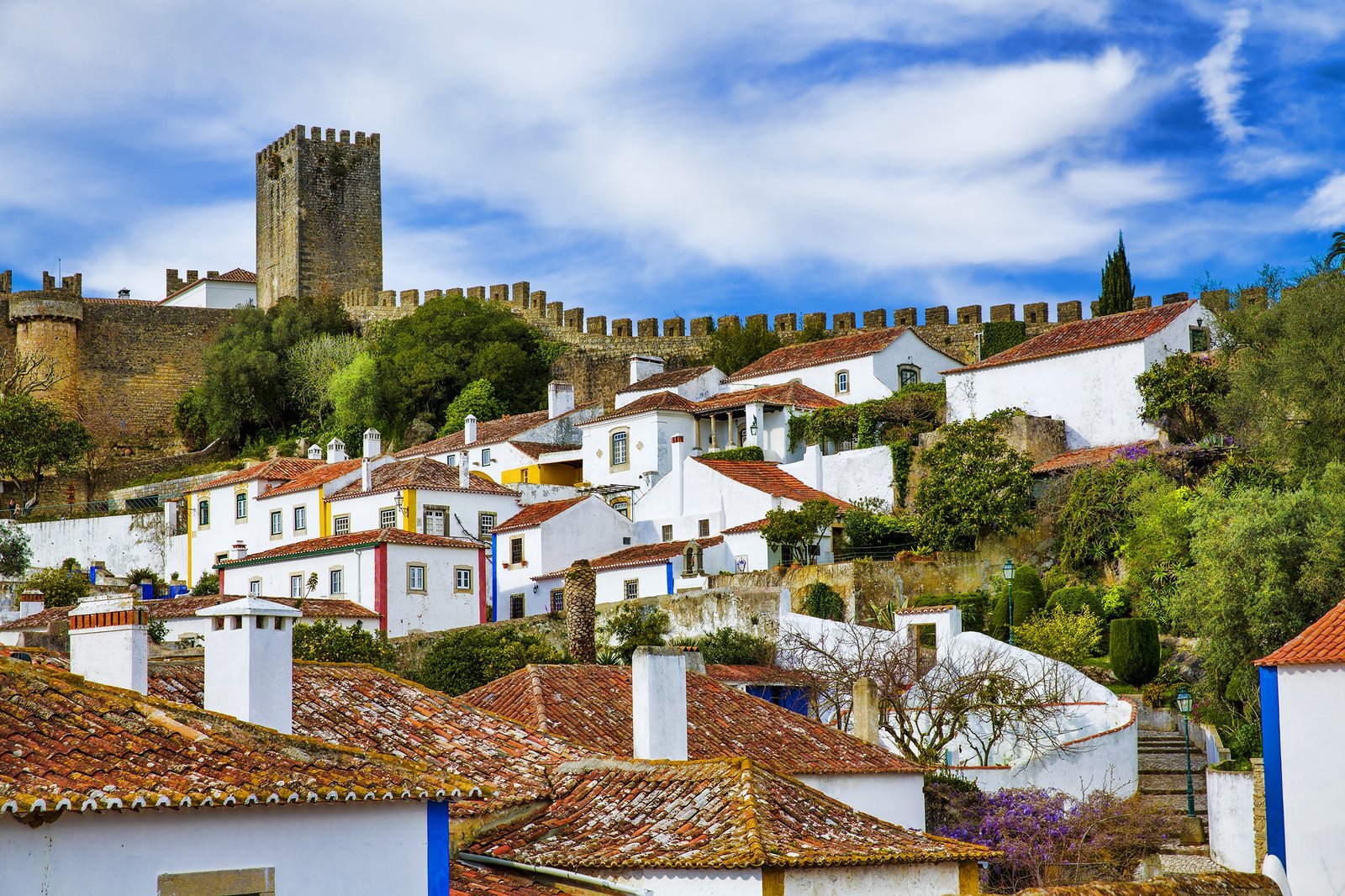
Óbidos is one of Portugal’s most iconic and well-preserved medieval towns, located in the Centro region, about 85 km north of Lisbon.
Encircled by fortified stone walls, Óbidos is a rare example of a place where centuries of architecture, religion, and daily life remain visible and intact. Narrow, cobbled streets lead visitors through whitewashed houses adorned with vibrant flowers and colorful borders, while the imposing medieval castle overlooks the town, silently guarding its history. Despite its small size, Óbidos offers a deep cultural experience—balancing historic preservation with local life and a growing number of creative festivals that attract visitors year-round.
Today, Óbidos is classified as a UNESCO City of Literature and part of the global Creative Cities Network. This recognition highlights its dedication not just to preserving the past, but also to promoting culture, reading, and the arts in innovative ways. Whether you’re interested in architecture, literature, gastronomy, or simply experiencing authentic Portuguese heritage, Óbidos is a compact yet profoundly enriching destination.
Main Points of Interest
Despite its small size, Óbidos is rich in historical landmarks, religious architecture, cultural spaces, and scenic viewpoints. Here are the most essential places to explore:
Óbidos Castle
This medieval fortress is the town’s crown jewel. Originally a Roman fortification, it was expanded by the Moors and later converted into a Christian stronghold. Today, it serves as a pousada (historic hotel), but the exterior and surrounding walls are open to all. Walking along the ramparts is one of the best ways to take in panoramic views of the region.
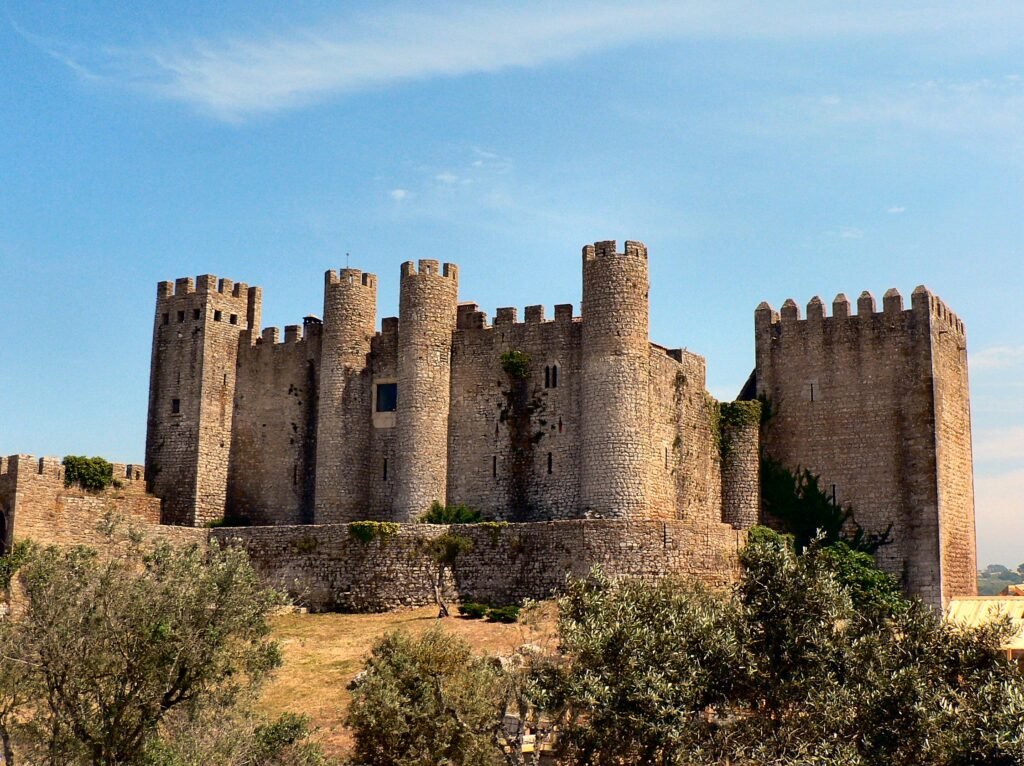
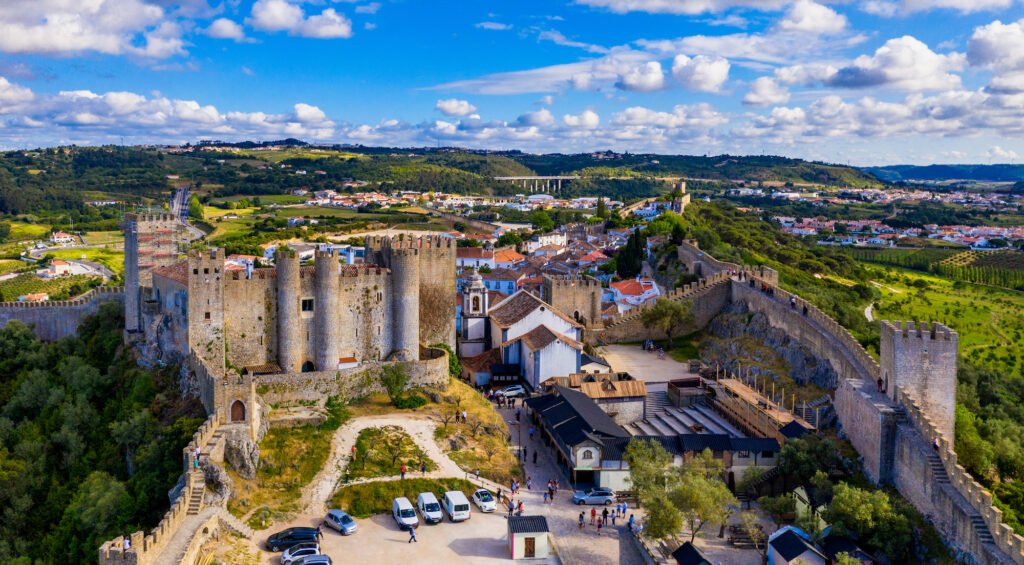
The Town Walls
The complete circuit of walls can be walked in about an hour, offering incredible perspectives of the rooftops, countryside, and lagoon. There are no guardrails, so caution is essential, but the views are unmatched.
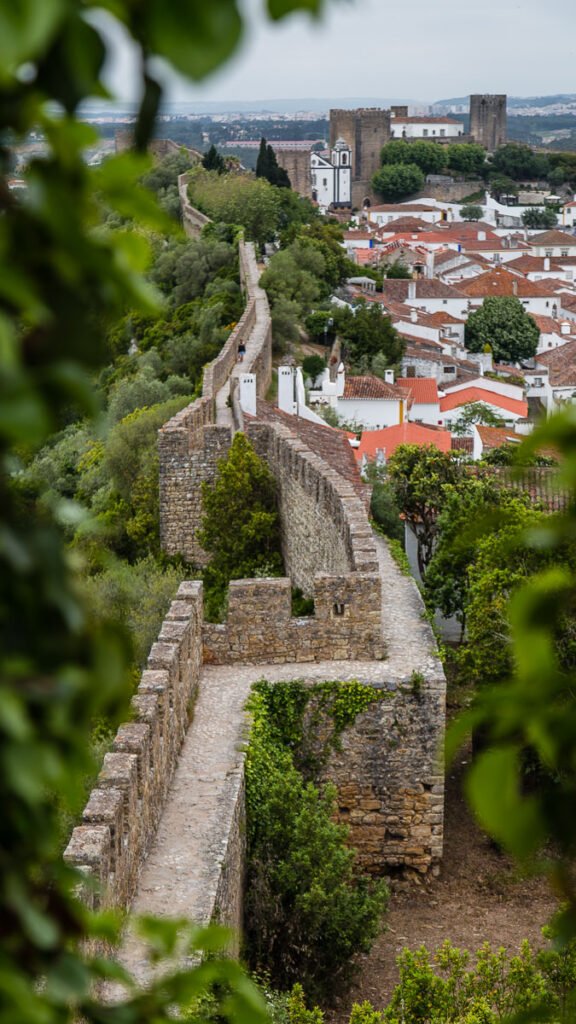
Porta da Vila
The main entrance to the town, Porta da Vila is a striking baroque gateway decorated with 18th-century azulejos (blue and white tiles) and a small chapel. It’s the symbolic start of your visit and a popular photo spot.
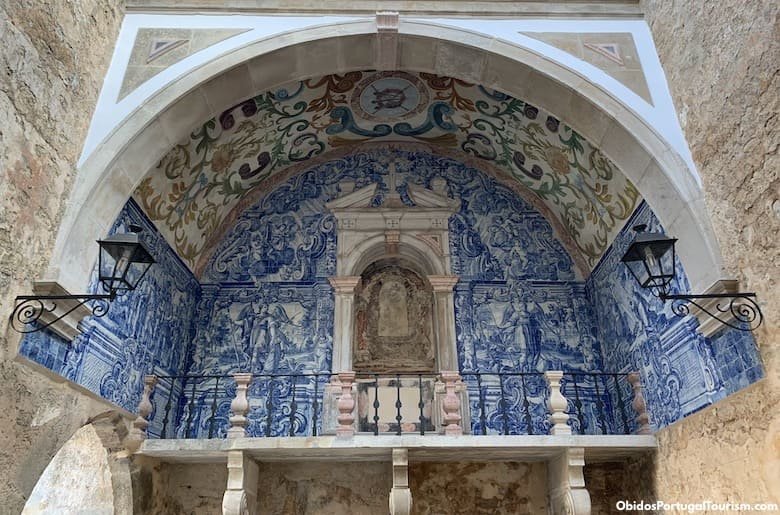
Santa Maria Church
Located in the main square (Praça de Santa Maria), this was once the town’s primary church. Inside, you’ll find Renaissance tombs and notable paintings by Josefa de Óbidos, one of Portugal’s most famous female painters of the Baroque era.
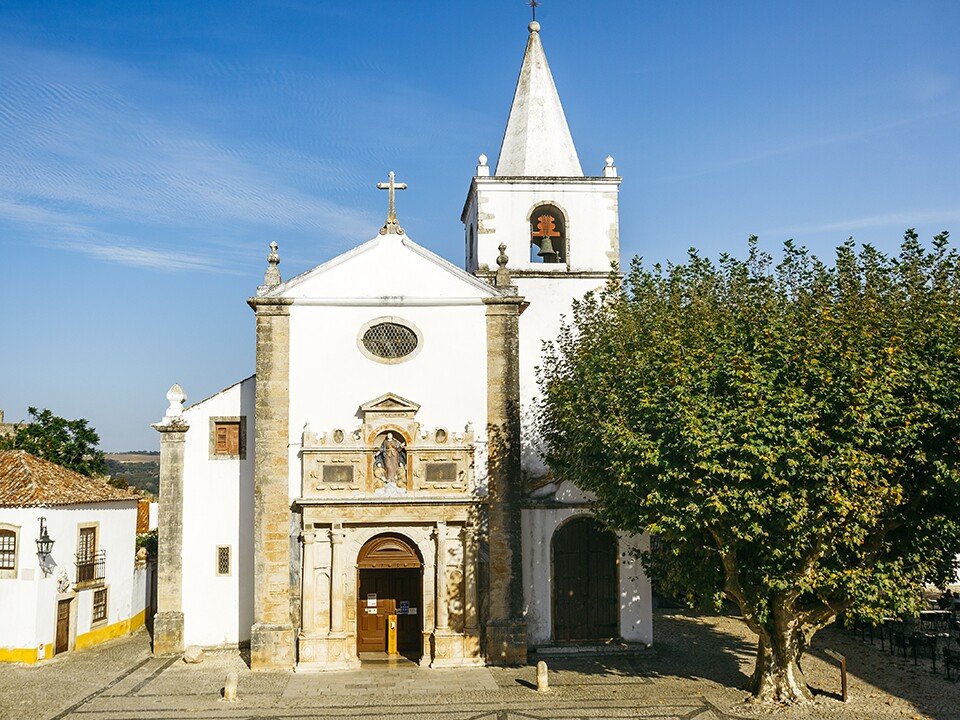
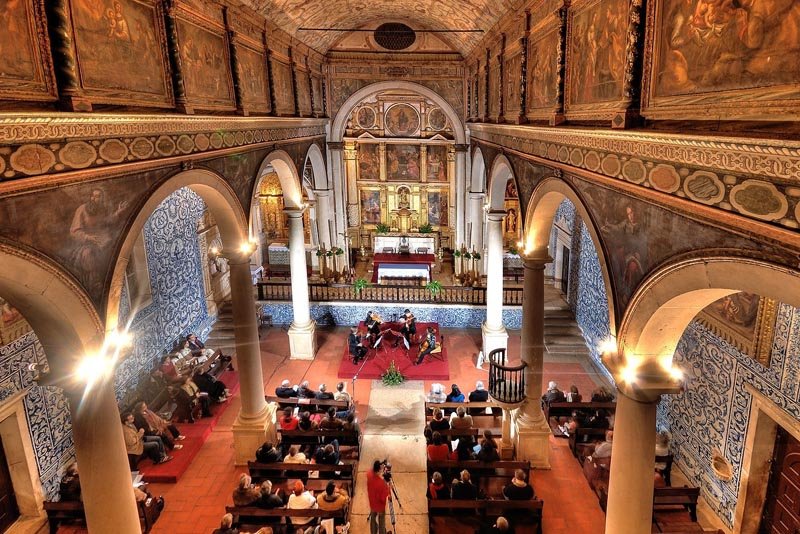
Praça de Santa Maria
This central square has been the heart of the town for centuries. Besides the church, it’s surrounded by charming arcades, a pillory (pelourinho), and beautiful buildings. It’s a peaceful place to sit and absorb the atmosphere.
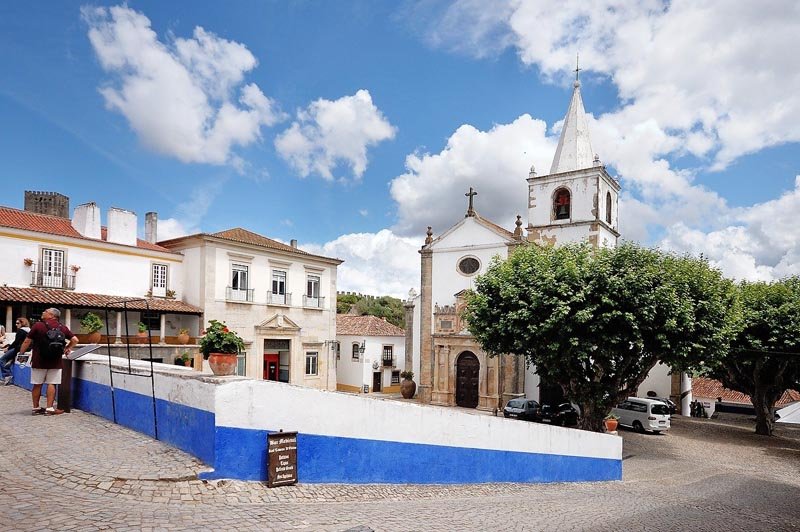
Church of São Pedro
This 16th-century church features a distinctive bell tower and a richly decorated altar. It was rebuilt after the 1755 earthquake and is another key location for lovers of sacred architecture
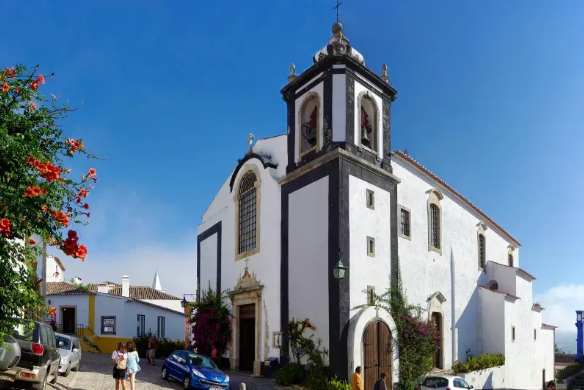
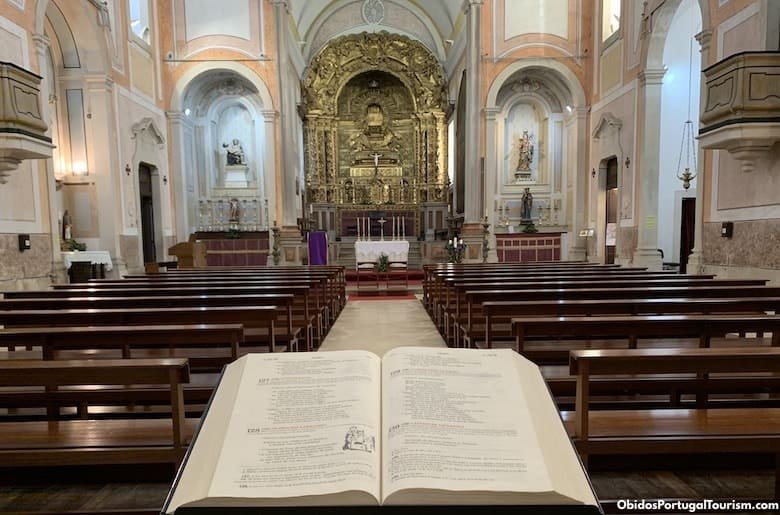
Josefa de Óbidos House
Though not always open to the public, this modest house is associated with the life of Josefa de Óbidos, the influential painter who lived and worked in the town during the 17th century. Look for the plaque on Rua Direita.
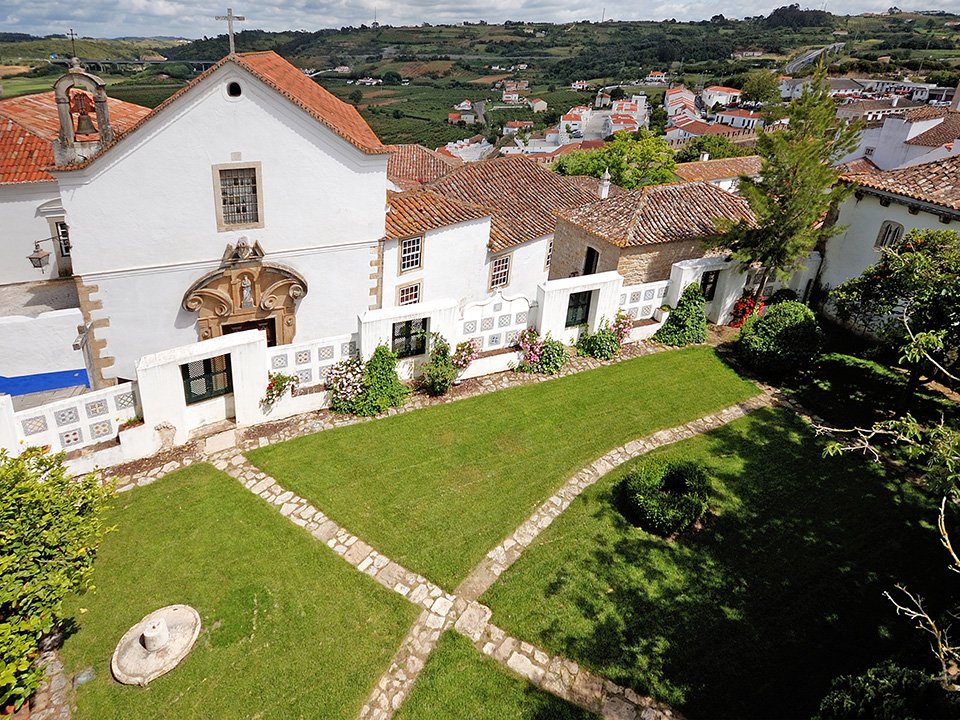

Rua Direita
The main street running through the village, filled with traditional shops, bookstores, cafés, and ginja vendors. It’s the backbone of the town’s commercial and cultural life.
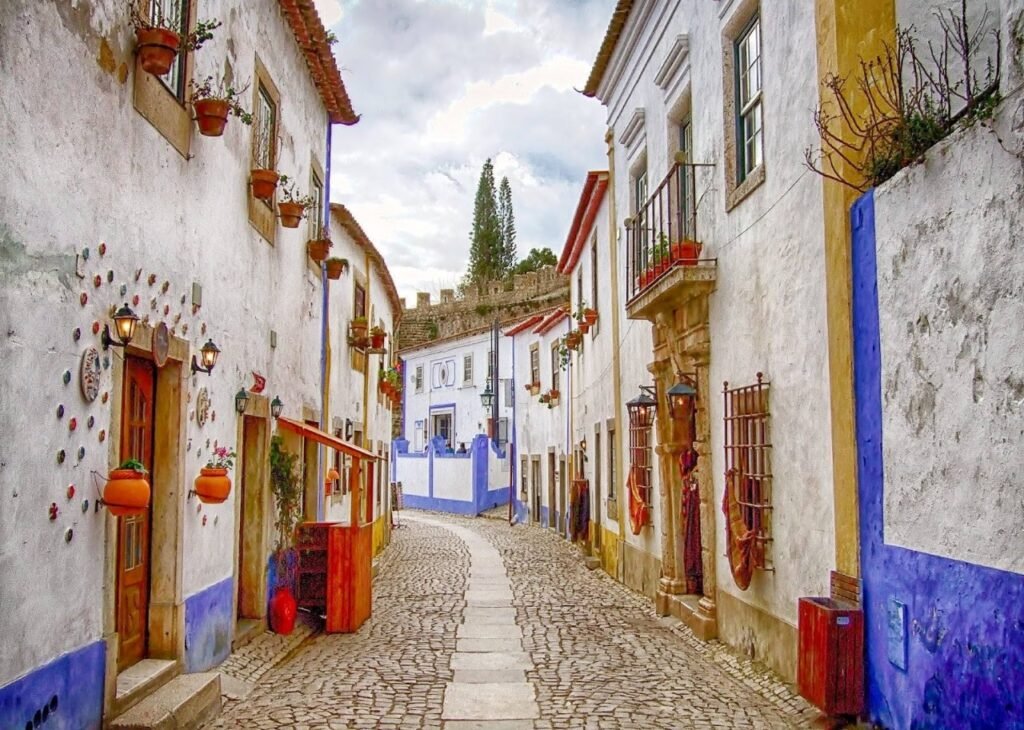
Church of Misericórdia
A 15th-century church featuring a beautiful Manueline portal and an interior with detailed tiles. This church was once part of a hospital complex and stands as a fine example of religious philanthropy.
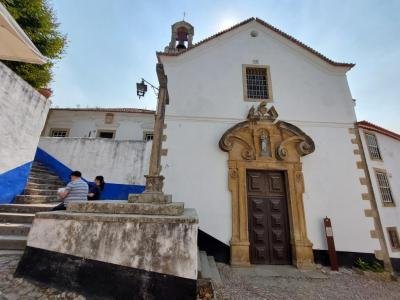
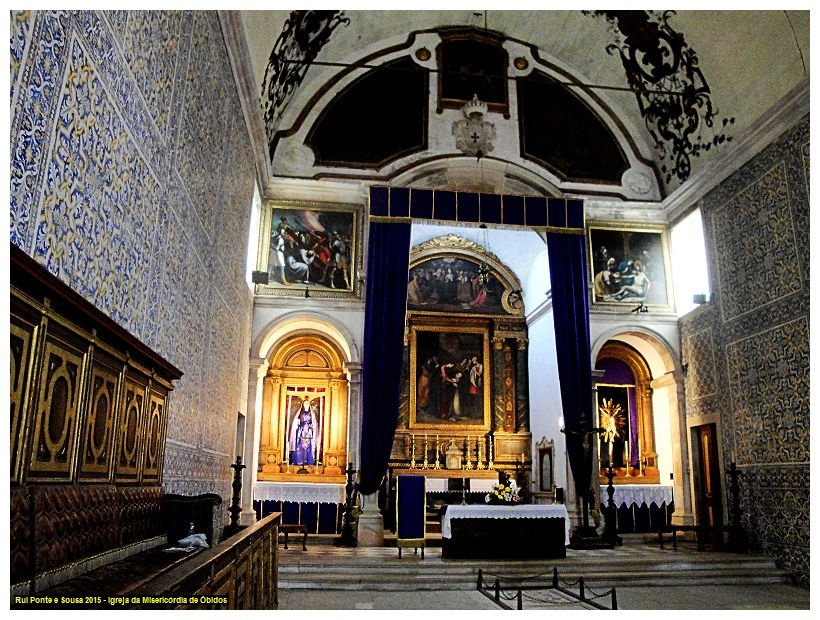
Óbidos Literary Town
Part of Óbidos’ status as a UNESCO Creative City of Literature, this area includes repurposed spaces like the Livraria de Santiago, a bookstore inside a former church, and Market Bookstore, a literary café in the old organic market. These venues regularly host literary events and exhibitions.
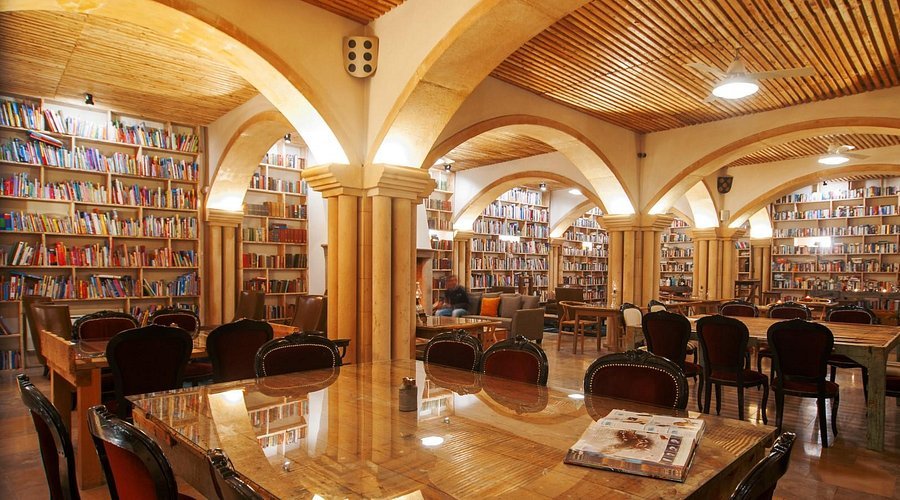
Óbidos Lagoon
Located just outside the town, the lagoon is ideal for nature lovers and those looking for walking trails, birdwatching, or watersports like kayaking and paddleboarding. It’s a relaxing counterpoint to the compact town center.

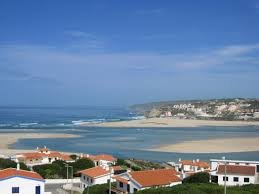
Aqueduct of Óbidos
Commissioned by Queen Catherine of Austria in the 16th century, the aqueduct stretches for 3 km and was once vital to the town’s water supply. It can be viewed from just outside the town walls.
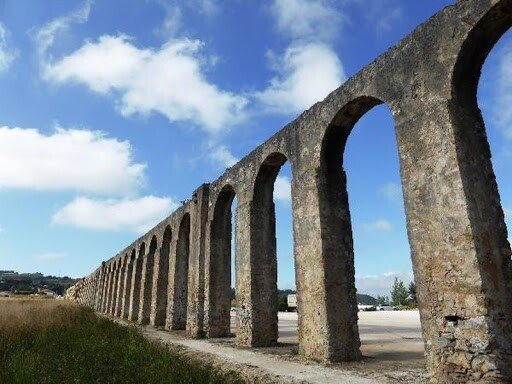
Sanctuary of Senhor Jesus da Pedra
A short walk from the town gate, this 18th-century hexagonal sanctuary is unique in architectural style and includes baroque and neoclassical elements. Its location, slightly removed from the town center, offers great photo opportunities.
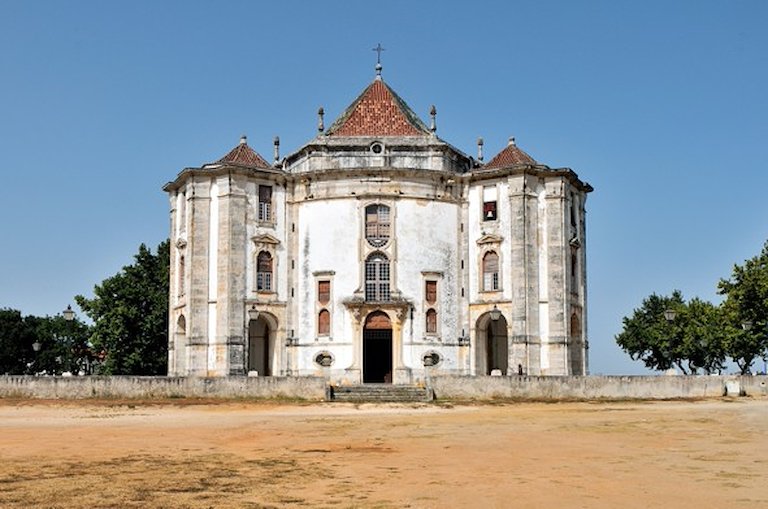
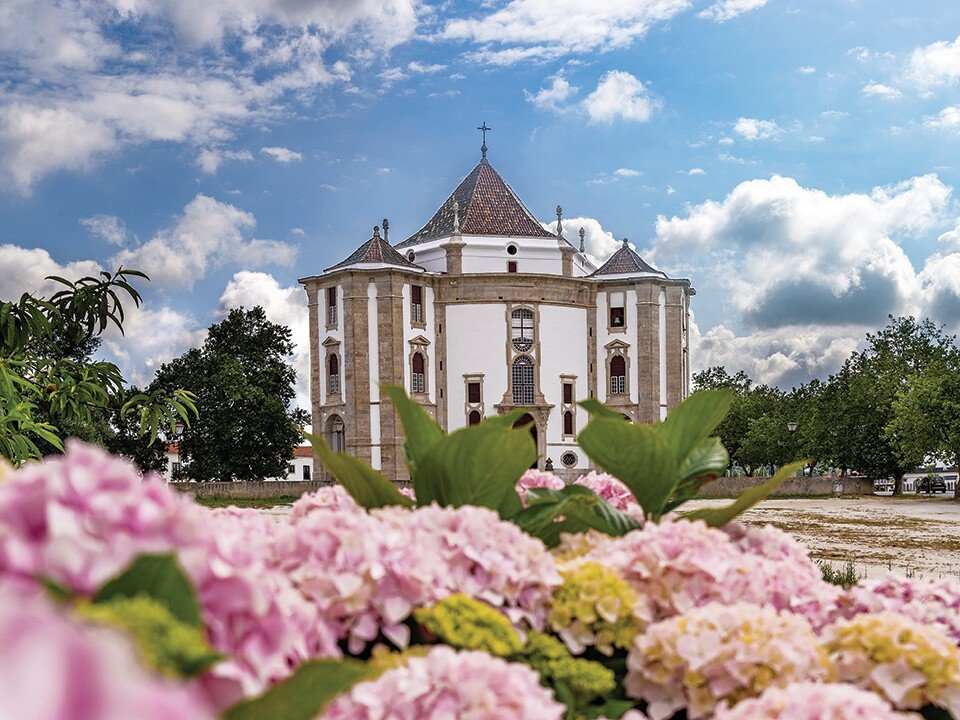
Activities and Experiences
Walk the Castle Walls: One of the highlights of any visit. The walls are accessible and provide a full circuit around the village with views of the terracotta rooftops, surrounding fields, and vineyards.
Taste Ginja de Óbidos: A cherry liqueur traditionally served in a chocolate cup. Many local shops offer free tastings.
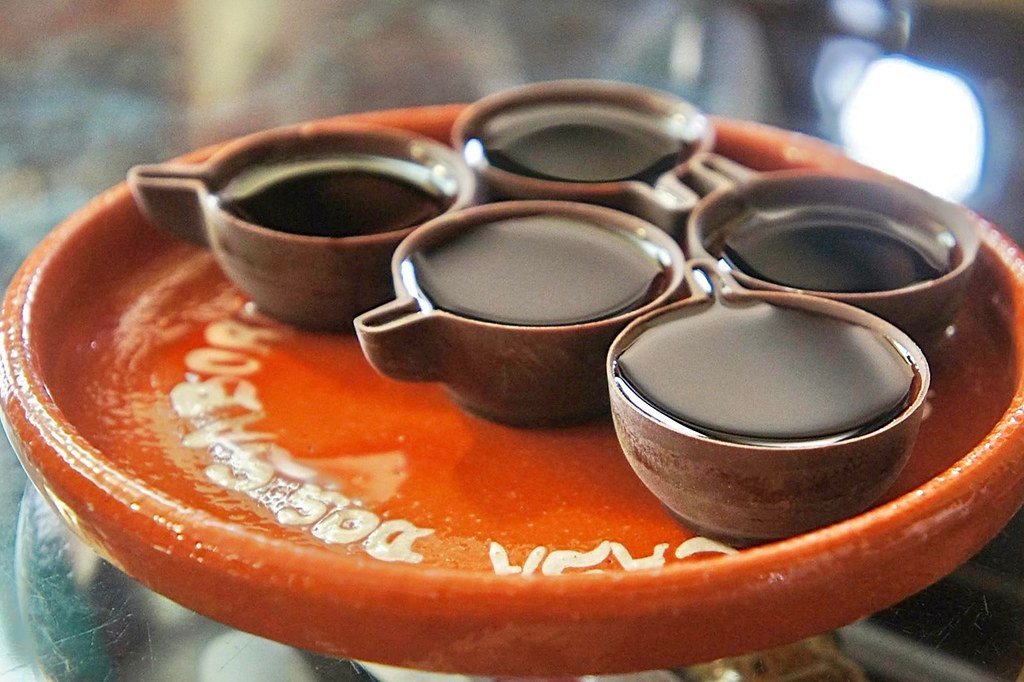
Join a Walking Tour: Guided tours provide historical context and access to lesser-known spots, including private courtyards and hidden gardens.
Local Artisan Shops: Browse ceramics, handmade textiles, and regional gourmet products including jams, cheeses, and olive oils.
Recommended Restaurants
A Nova Casa de Ramiro: Upscale traditional Portuguese cuisine with a focus on fresh fish, game, and seasonal ingredients. Elegant but not pretentious.
Petrarum Domus: Casual, cozy setting with hearty dishes and vegetarian options. Popular among both tourists and locals.
Jamon Jamon: Modern tapas bar with Iberian-inspired cuisine and a good selection of local wines. Great for a lighter or shared meal.
Tasca Torta: Rustic and authentic, this restaurant offers traditional dishes such as bacalhau à bras and cozido à portuguesa, often with a creative twist.
Festivals Throughout the Year
Óbidos International Chocolate Festival (March/April)
A major attraction featuring chocolate sculptures, workshops, and tastings. Very popular with families and tourists.
Medieval Market (Mercado Medieval de Óbidos) – July
A historical reenactment with costumes, parades, food stalls, and live music. Visitors are encouraged to dress in medieval attire.
FOLIO – International Literary Festival of Óbidos (September/October)
One of Portugal’s most important literary events, attracting writers, publishers, and readers from around the world.
Christmas Village (Vila Natal) – December
The town transforms into a festive village with lights, themed markets, and entertainment for children.
Useful Tips
Best Time to Visit: Spring and early autumn offer the most pleasant weather with fewer crowds. The summer months are livelier but more crowded.
Accessibility: The cobblestone streets can be challenging for those with reduced mobility. Flat shoes are essential.
Parking: Cars are not allowed inside the walled town. There are several parking lots just outside the gates.
Accommodation: Staying overnight in one of the town’s guesthouses or the castle itself allows for a quieter, more immersive experience.
Óbidos stands out as a destination that combines historical charm with cultural richness. Whether you’re exploring its medieval walls, tasting local delicacies, or participating in one of its renowned festivals, the town offers a genuine encounter with Portugal’s heritage. Ideal for a short getaway or a cultural detour on a longer journey through the region, Óbidos is a place where history lives on—and invites you to walk through it.